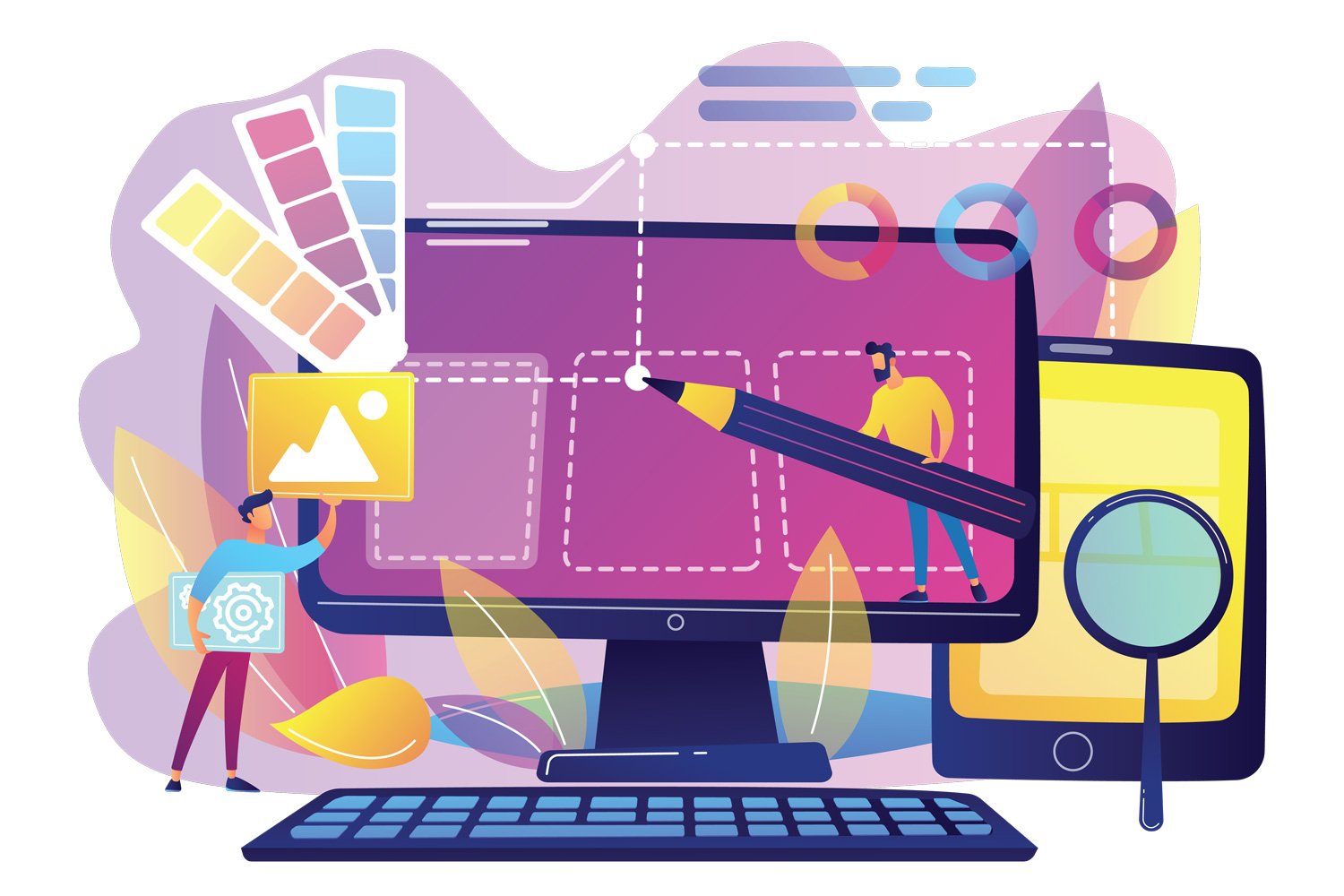The web design industry has evolved dramatically over the past few years. Historically, creating a website required a strong understanding of HTML, CSS, JavaScript, and sometimes even backend languages like PHP or Python. However, with the advent of no-code and low-code platforms, the barrier to entry has significantly lowered, allowing individuals without a coding background to create fully functional and aesthetically pleasing websites. This article delves into whether coding is essential for web design and justifies that no-code tools can suffice for basic website creation.
The Evolution of Web Design
Traditionally, web design and development were reserved for those with specialized skills in coding and programming. Web designers frequently worked with HTML for structure, CSS for styling, and JavaScript for interactivity. This approach ensured high levels of customization and flexibility, allowing designers to bring virtually any concept to life.
However, the demand for quicker and more accessible web design solutions has led to the rise of no-code and low-code platforms. These platforms have democratized web design, making it possible for individuals with little to no technical background to create websites.
What Are No-Code Platforms?
No-code platforms are tools that allow users to build websites using visual interfaces rather than writing code. These platforms offer drag-and-drop functionality, pre-designed templates, and user-friendly customization options. Some popular no-code website builders include:
These tools have empowered users to create professional-looking websites without writing a single line of code.
Why No-Code Is Sufficient for Basic Websites
Ease of Use
No-code platforms are designed with user-friendliness in mind. Their intuitive interfaces and step-by-step guides make it easy for anyone to get started, regardless of their technical proficiency.
Speed and Efficiency
Building a website with no-code tools is significantly faster than coding from scratch. Users can select a template, customize it to fit their needs, and launch their site within a matter of hours, if not minutes.
Cost-Effective
Hiring a professional web developer can be expensive. No-code platforms offer affordable pricing plans, often including hosting and domain registration, making them a cost-effective solution for individuals and small businesses.
Responsive Design
Most no-code platforms provide responsive design templates that automatically adjust to different screen sizes. This ensures that websites look great on desktops, tablets, and smartphones without additional coding.
Built-In Features
No-code platforms come with a plethora of built-in features such as SEO tools, e-commerce capabilities, contact forms, and social media integration. These features enable users to create fully functional websites tailored to their specific needs.
Support and Community
Many no-code platforms offer extensive support resources, including tutorials, forums, and customer service. This support system can be invaluable for users who encounter challenges during the website creation process.
The Limitations of No-Code Platforms
While no-code platforms are incredibly powerful, they do have limitations:
Customization
For highly customized websites with specific functionalities, no-code platforms might not offer the required flexibility. Advanced features often necessitate coding knowledge.
Scalability
Large-scale websites with complex backend systems or high traffic may outgrow the capabilities of no-code platforms, requiring a transition to custom-coded solutions.
Performance
Websites built on no-code platforms can sometimes suffer from slower load times due to the additional layers of abstraction. Optimization might require coding intervention.
Conclusion
In conclusion, while coding remains an essential skill for highly customized and large-scale web projects, it is not a necessity for creating basic websites. No-code platforms have revolutionized web design, making it accessible to a broader audience. For individuals and small businesses looking to establish an online presence quickly and affordably, no-code tools provide a viable and efficient solution. By leveraging these platforms, anyone can create a professional-looking website without writing a single line of code, democratizing web design and empowering more people to participate.
